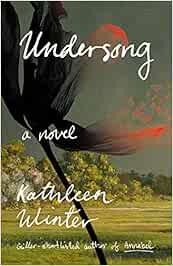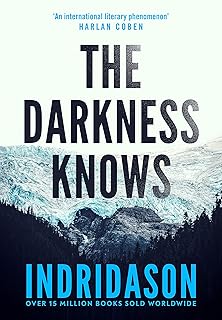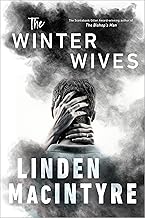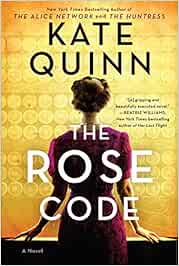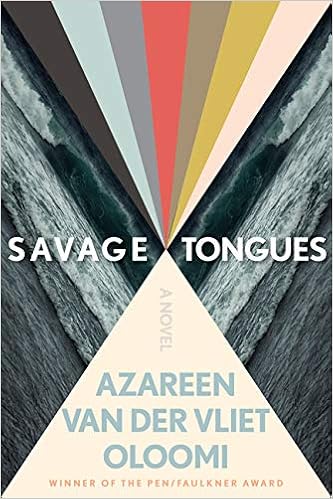4.5 Stars
This novel is a fictionalized account of the life of Dorothy (Rotha) Wordsworth, sister of the famous Romantic poet, William Wordsworth.
The book begins on the day of Rotha’s death. James Dixon, a gardener/handyman for the Wordsworth household, talks to the bees in the garden about Rotha whom he has known for almost 40 years. He believes that “When someone you care about dies, you can tell their story to the bees and they’ll keep it, like. Even if everyone else forgets. Bees’ll . . . scatter it abroad with the pollen so the world never really forgets.”
James is hired to do odd jobs for William, but he is also tasked with looking after Rotha whom William describes as having “sensitivities” and being “not like other women” so she “has to be handled most carefully.” William also describes her as being exuberant: “Too exuberant. Because then she flattens. After the exuberant time when everything is charged and full of a joyful energy, her sun goes out like a blown lamp. Worse than flattens.” In reality, it seems that William does not have time to spend with his sister, or does not want to do so, and James becomes his stand-in. James and Rotha spend a great deal of time together both in the garden and on walks in the Lake District and a bond forms, though James is aware that there is a class divide and he is a servant.
The book is very much a character study of Dorothy Wordsworth. She is totally attuned to nature; James describes her as hearing “a faint speech of the flowers . . . far more plainly than any speech from people.” James speaks of how “she could go in any ordinary place and she would see it exalted, like” and he knows “that one and the same thing to her were gull and grass and lake and path and her own self.” Rotha is the source of her brother’s success. She keeps journals in which she jots impressions and William uses them in his poems as if they were his; James reads Rotha’s journals to William: “The words he fished or made me gather and move from her world to his own were like pollen and nectar ye collect. We harvested his sister’s weightless and golden thoughts. He did not have anything like those in himself.” She is a lonely woman who has sacrificed much to feed William “spoonful by tiny exquisite spoonful . . . the words the world thinks are created by himself alone.” She is a fiercely intelligent woman but her brilliance is at the service of others; James says, “if anyone siphoned the spirit out of me that William drew from Rotha I might have a pain in my guts an’ all, and sore bowels and stiff legs.”
Dorothy resents how women, especially those of a certain age, are rendered invisible: “Accomplishment . . . is a woman’s word. A man has no need of this word as he fulfills it by virtue of having been born & having not yet died. . . . Accomplishment is our word & our reason for lying in agony for some time before rising, if we are able to rise at all. Accomplishment is for us inaccessible. Evasive. Always ahead. A state of being . . . that cannot exist for us as long as men stand like gnomons & define timelessness for themselves alone.”
This is not to say that Dorothy is perfect because Winter develops her into a complex person with human flaws. James thinks that “she fully listened to anything I had to say” but this proves not to be true because she never remembers that James has a sister and not a brother. He does acknowledge a certain hard-heartedness: “If she heard or saw even a glimpse of something that didn’t go with her vision of paradise in that closed-off shaded world of theirs, Rotha Wordsworth wanted it gone.” He admits that “I don’t think she wanted to hear too much of my story. She was very comforted by the fact that I was a quiet and strong person who did not demand anything in the way of attention. She hated it when people gabbed on about themselves.”
It is not only Dorothy who is developed; her brother also emerges as a round character. One can feel sympathy for him because he seems to have lost the connection to nature; “he has become hard of hearing when it came to the natural world” and he confesses to James that “the poems were leaving him.” Knowing how reliant William is on his sister, James has sympathy: “I thought how painful this must have been for him. Knowing glory was there second-hand, like.” (Of course, I was reminded of William’s tribute to his “dear, dear sister” in the third movement of his famous poem, “Lines Written a Few Miles above Tintern Abbey”: “in thy voice I catch/The language of my former heart, and read/My former pleasures in the shooting lights/Of thy wild eyes.”)
Though William is
reliant on Dorothy’s inspiration, he dismisses her feelings. He reads all her journals except a red diary
which he ignores: “The red diary is of
no use to anybody at all. It is nothing but
a record of my sister’s feelings.” At
one point, James questions whether William “had ever been devoted to anyone but
himself.” Did he have a selfish reason
for convincing his sister that she wouldn’t be able “to endure the exposure of
literary fame”?
James too is an interesting character. He has been scarred by his experiences at the battle of Waterloo. A lost soul, he finds purpose in his work for the Wordsworths. He feels he has received “as much from the Wordsworths as they ever received in the way of service. Ye have to understand this was the first time in my life that somebody wanted done what I know how to do. What I want to do.” His admiration for Rotha is boundless, and though he’d like to think that they thought of him with affection and that he was part of “the little fam’ly,” he knows he is a servant. His insecurity is so evident as to break one’s heart: “I hope I’m remembering it right. I mean they felt . . . affection for me, I think? I mean I hope they did, because I certainly . . . I’ve got to stop telling ye all this for a minute for I feel a kind of – dread? A kind of horrible feeling that I might’ve been wrong – but - I don’t think I am wrong . . . Do ye think I’m wrong?” Another time, he says “of course I was only a servant. But I mean one servant can be entirely different from another servant, can’t they?” In fact, the barrier between classes is never dismantled as he admits in a moment of honesty: “And as regards my being only a servant, she’d forget. Rotha would forget that I was only the hired hand. I mean, forget is not what she . . . no she didn’t forget, but she . . . She never forgot.”
There are several references to James’ sister Penny and her situation; I think a student of psychology could examine James’ feelings of concern and guilt concerning Penny and their connection to his relationship with William’s sister. James feels guilty because he isn’t able to find Penny a position with the Wordsworths: “I was not fit. Because I didn’t find a way. A way out. A way of escape. A way of freedom. I didnt’ find it for Penny. My sister. My sister Penny. The crowd here at Rydal did not care to help me free her.” Much could be made of his comments, supposedly about others, that “even if people claim one thing – such as you shouldn’t leave your sister alone lest she come to harm – you find gaps where their plans get forgotten and they hope it won’t matter” and that “a brother can look after his younger sister only so much and then she has her own way of wanting to look after herself. And no matter how sick or poorly or wretched she seems to that brother, if she wants to get up on her own feet and see through her own eyes the older brother cannot make her see through his.”
My review is going on and on, but there is just so much to think about in this novel. As a former teacher of English literature, I loved the literary name dropping (Charles and Mary Lamb, Robert Southey, Samuel Coleridge, William Blake, and Thomas De Quincey) and references to William’s poems like “The World is Too Much with Us” and “William’s biggest poem of all, the daffodil one.” I chuckled at James’ description of Coleridge’s “Kubla Khan”: “you’d think she’d been to that place Sam Coleridge made up that begins with an X or a Z, I forget the name. Domes and that.” And how many books have passages narrated by an old sycamore tree?
So . . . an absolutely wonderful book imagining the life of an oft forgotten woman. I know I will be returning to it in the future.
Note: I received a digital copy of this book from the publisher via NetGalley.
This review was featured on Twinkl as part of their Literary Lovers campaign.
